If you came for the Garden Tour you are in the right place. The zone 3 garden is all about growing herbs in June. Later in the season the annual vegetables will dominate the landscape, but in June, we are harvesting herbs and making herbal tinctures, herb infused oils, herb infused vinegar, and drying herbs for winter tea and winter medicine. At the same time, I’m harvesting salad greens and managing for a fruitful harvest in August.
You probably think that with unpredictable summer frost and such a short growing season it’s too hard to depend on your garden in zone 3. But zone 3 has abundance that you can tap into with the right garden design, the right seed varieties, and a little strategy. If weeds can grow abundantly so can food.
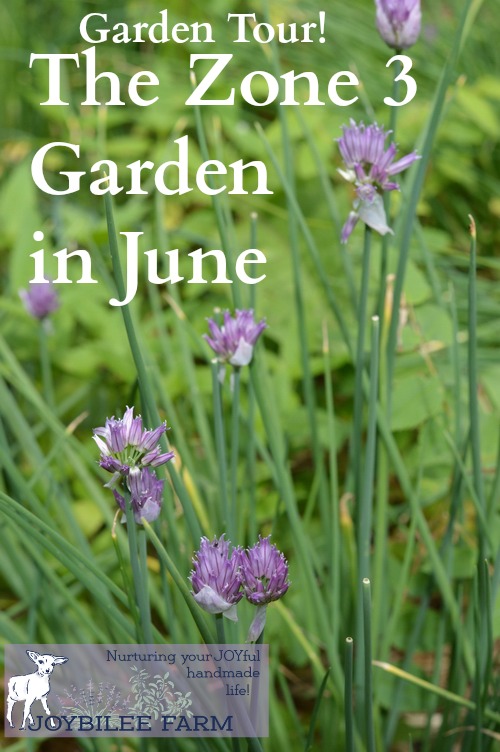
Growing Herbs and Perennials in zone 3
Frost is a normal part of the growing season in zone 3. Perennial herbs and flowers already have their roots in place and don’t need as much energy to get moving in the spring as annual vegetables. We had frost just 2 weeks ago, and it may not be our last frost. So hardy annuals are making a showing, but tender annuals like cucumber and basil are barely out of the ground.
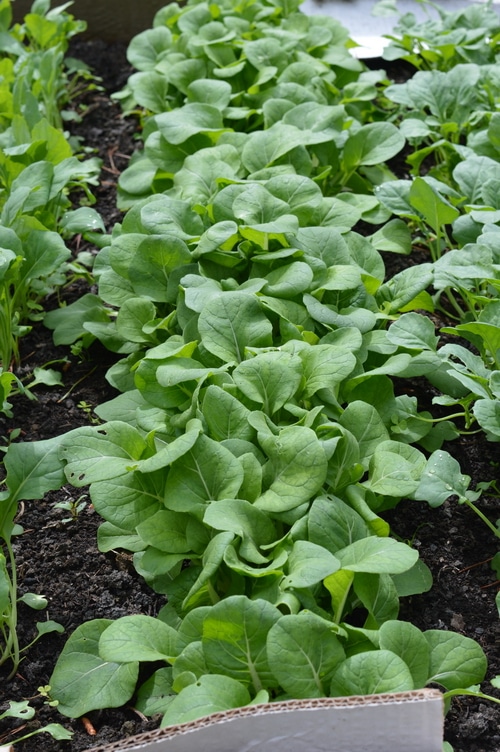
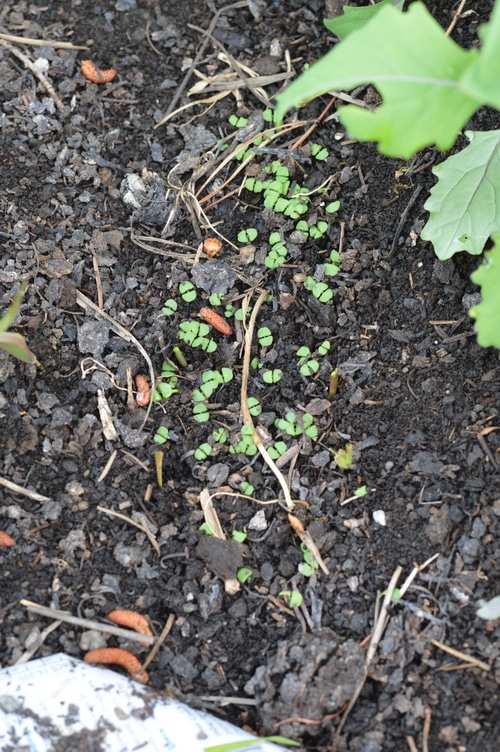
Perennial herbs like chives, marshmallow, horehound, Johnny jump ups, and lupines are doing well. But so is the chickweed, stinging nettles, and other weedy herbs.
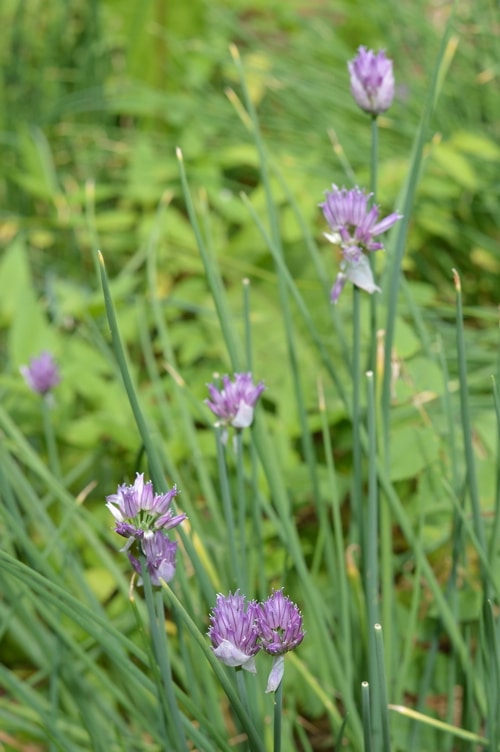
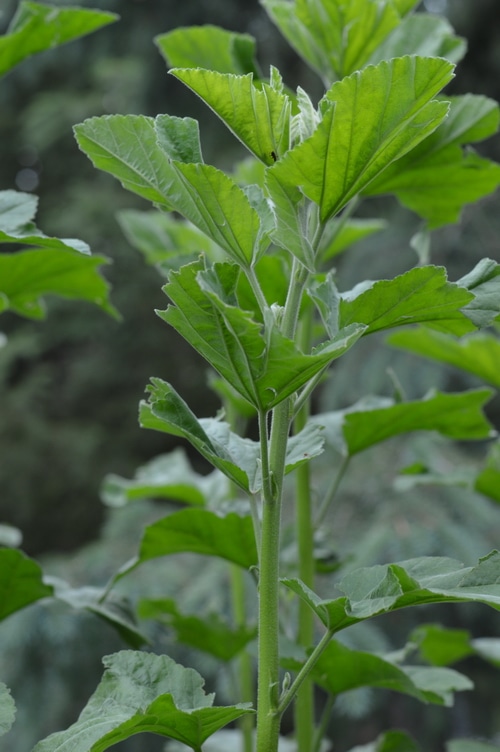
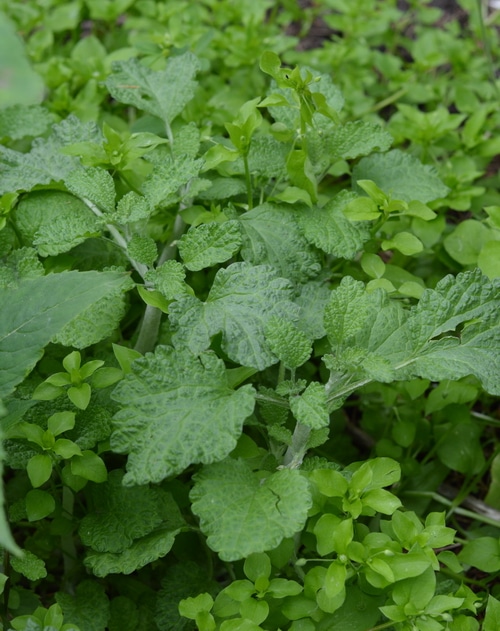
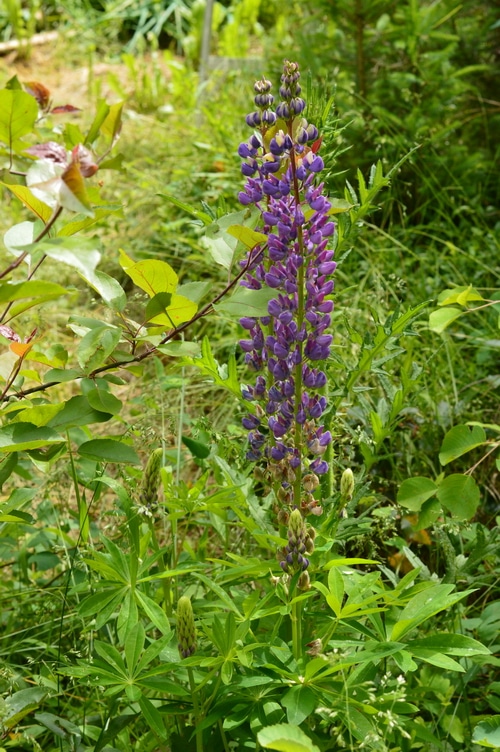
The berries are flowering and setting fruit.
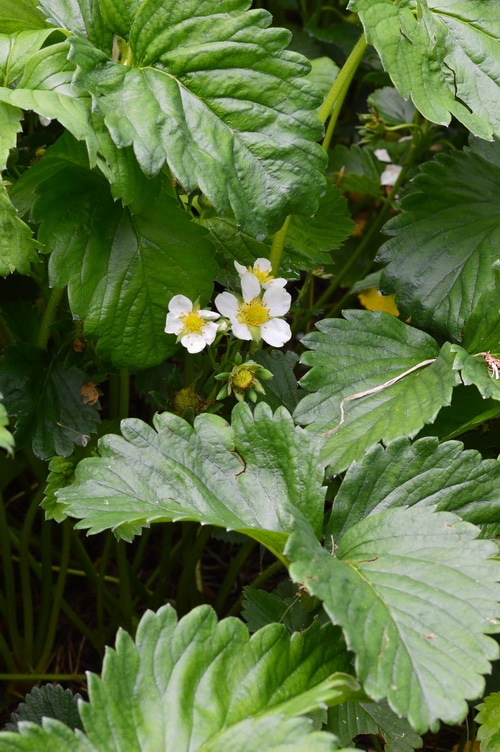
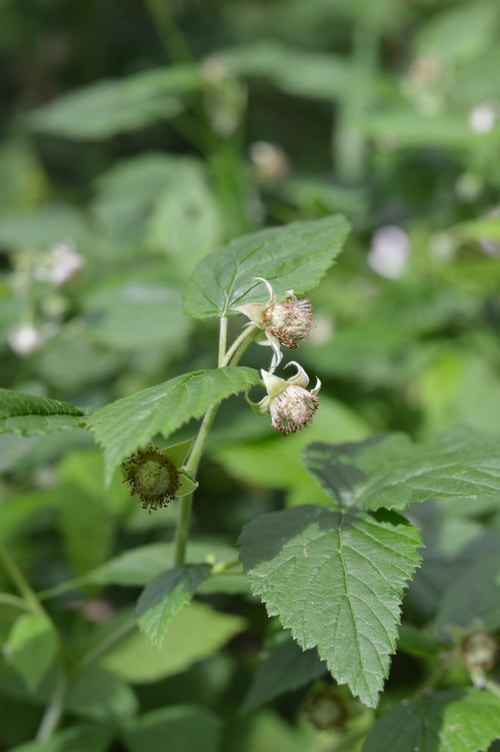
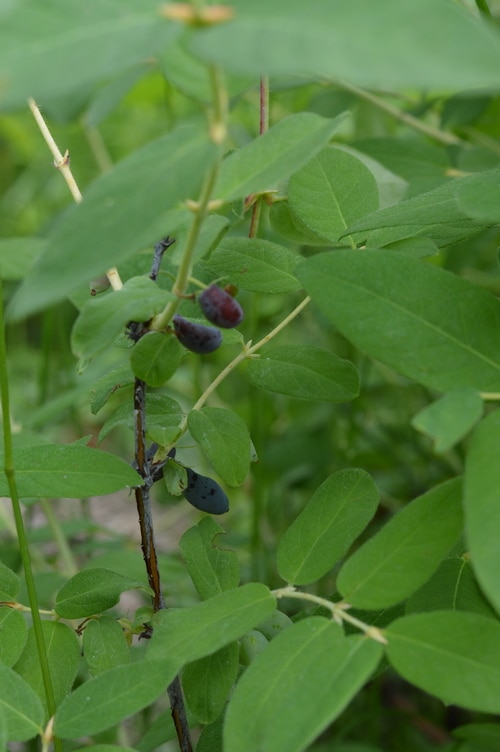
The apple trees have already blossomed and are setting fruit. We pruned off the dead wood and I thinned the apples. There was a good fruit set this year due to our warmer than usual May weather, with every bunch of apple blossoms setting 4 to 6 fruit. I’ve thinned them to the strongest 2 apples for each grouping. This will mean the apples will mature a little faster, and the fruit will be a little larger.
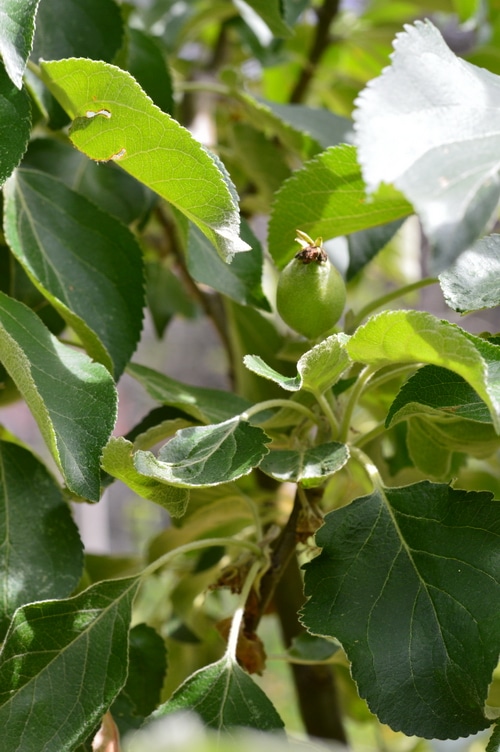
Because of our cold season, the temperature in the raised bed is warmer than the temperature at ground level. The hugelkultur raised beds are turned into nursery beds so that their plantings get a head start. The baby vegetables will be transplanted into rows on the ground at the end of the month. The ones that need a long growing season, like cabbage and cauliflower, going in right away and others, like Kale, replacing the garlic crop when it matures in early August.
Then this hugel kultur bed will be a cut and come again garden.
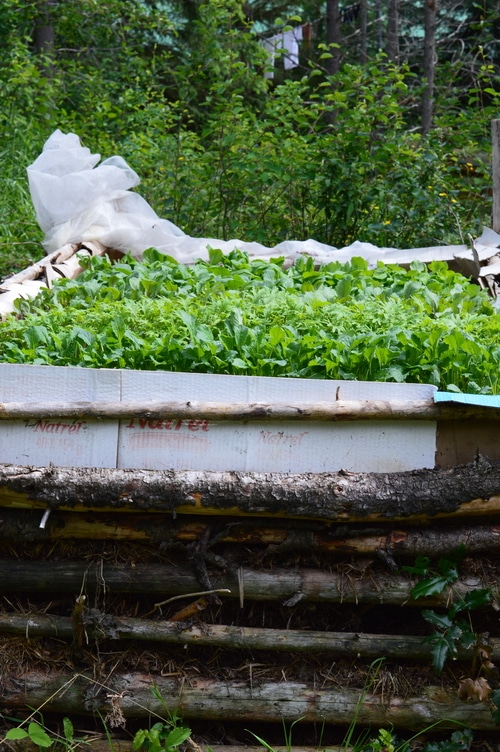
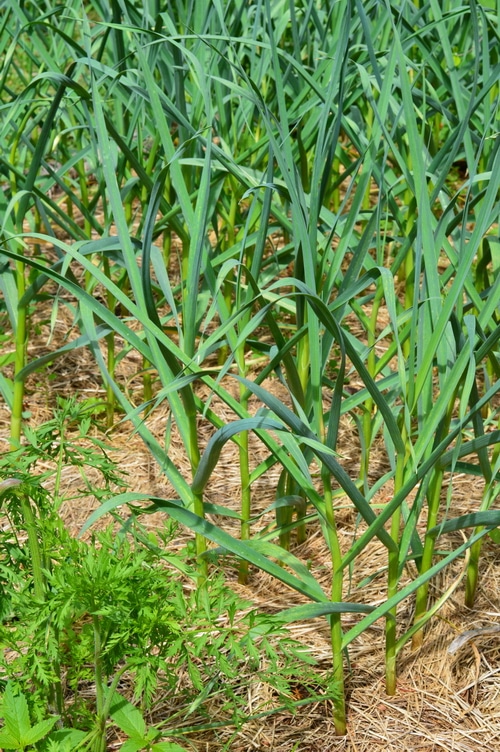
The beets and carrots were planted about a month ago, and they’ve been weeded and mulched for the season. I will wait till they’ve but on some growth before thinning them.
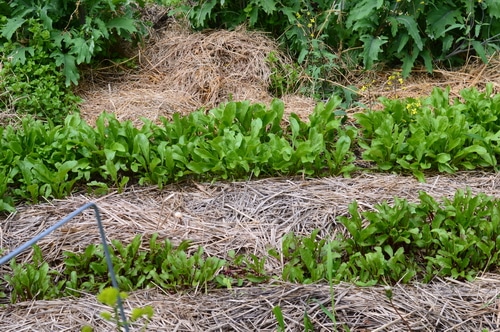
The Kale from last year made it through our winter under snow, and it’s sending out some flowers. We’re hoping for fresh Kale seed this year. Kale seed lasts about 5 to 7 years, so we won’t have to grow it out again for a few years. The flowers, before they open, can be eaten like broccoli.
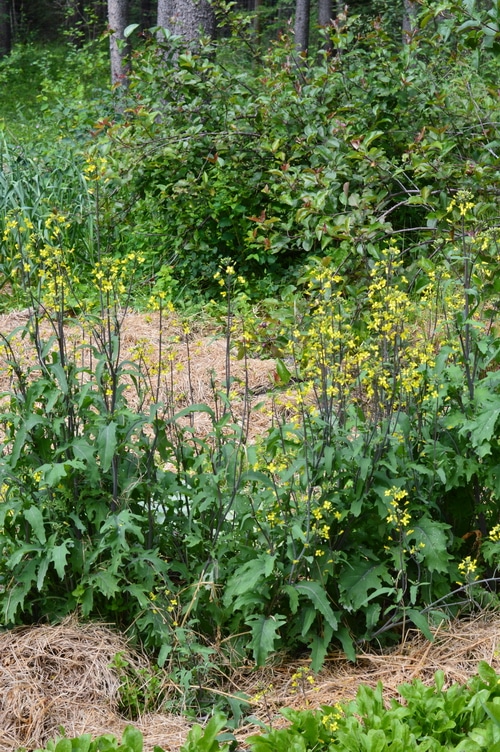
Other plants that overwintered and are now sending up flowering stalks for seed, in zone 3, include parsley, chard, and carrots. I always feel lucky when anything makes it through winter so that I can collect seed the following summer from it. It’s like a bonus!
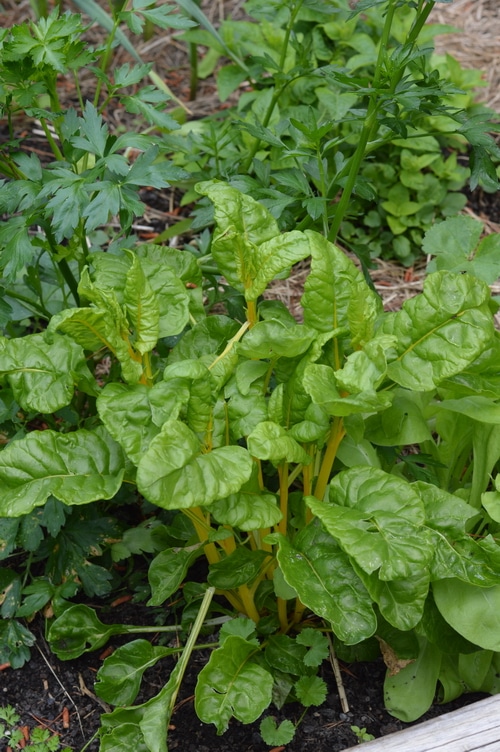
We finally found some hardy grapes and hardy cherries, plums, and apricots that will thrive in zone 3. (See this post for varietal information). They are looking strong. We won’t see a harvest till 2018. The task for now is to pinch off any flowers or fruit that is starting to set, so that the plants can produce strong roots. Once they are established they will give us many years of abundant fruit. The wild saskatoons (service berries) and rose bushes will protect them from the cold and wind this year. Next year we’ll replace those with lower growing plants.


More cherries are waiting to be transplanted out this week. They are sitting in a sheltered spot getting climatized to our colder, mountain nights, before being transplanted into their permanent location. These are Cupid Cherries, hardy to zone 2, from the saskatchewan breeding program. They are self-rooted so that if they die back, they will regrow from the root, once they are established. But our deep winter snow should protect the roots from die-back, here on the mountain.
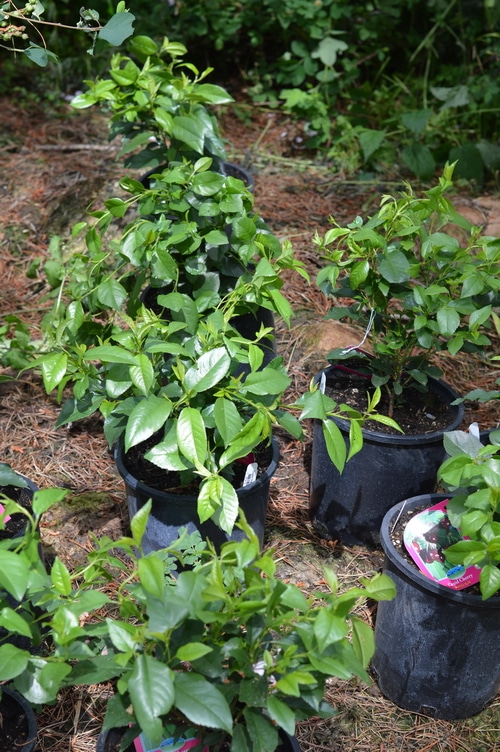
We harvested rhubarb and asparagus just a week ago. The harvest for these two perennial vegetables is almost done for the year.
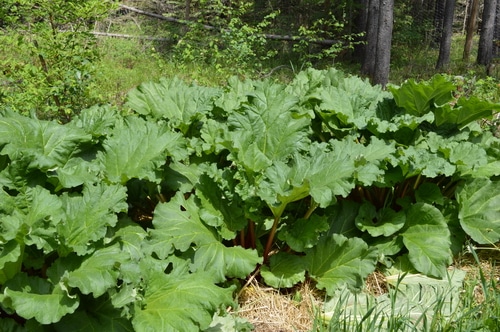
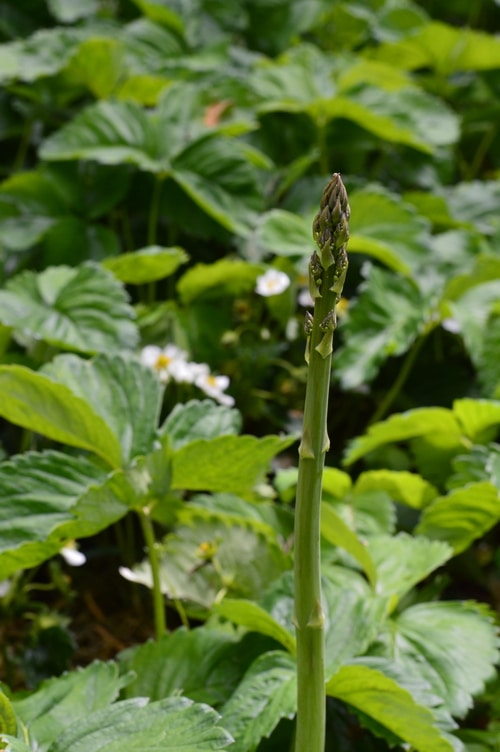
The cut and come again salad greens are thriving, though.
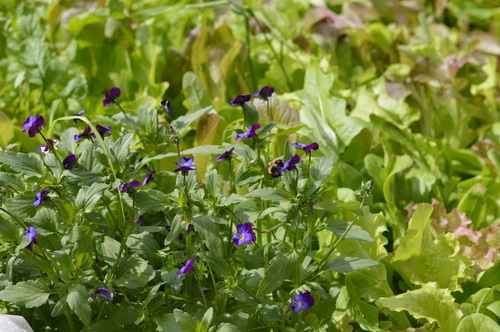
Along with the bok choy.

The bumble bees, mason bees, hover flies, and other native pollinators are working hard. In May we had honey bees visiting our dandelions for several weeks. They seem to have moved on.
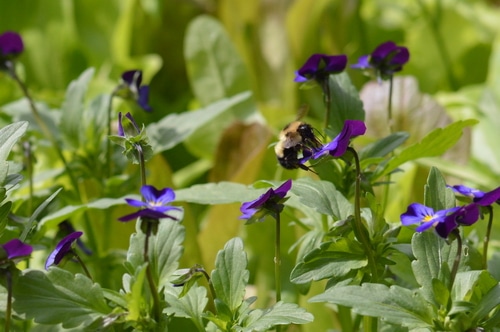
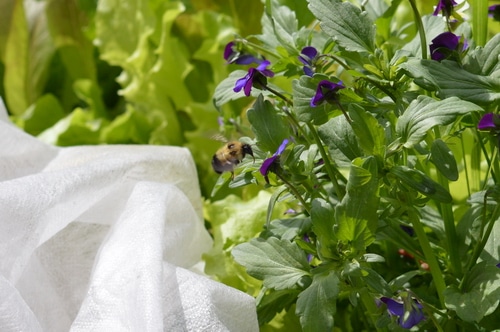
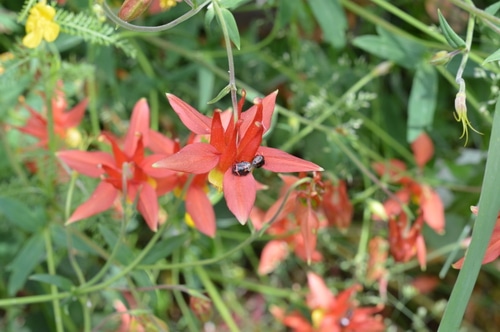
The comfrey transplants seem to have taken, in this shaded area of the garden. Last week I transplanted 10 comfrey roots from the lower garden to use as a cut and come again mulch for the fruit trees. Comfrey is high in potassium and higher in nitrogen and phosphorous than composted manure. And its a vigorous grower.
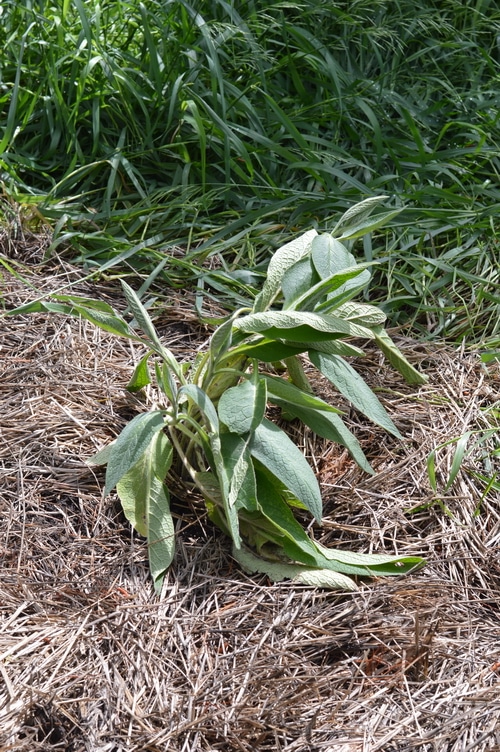
Do you remember last year’s experiment with Shiitake mushrooms and oyster mushrooms? No mushrooms yet, but the logs are definitely myceliated.
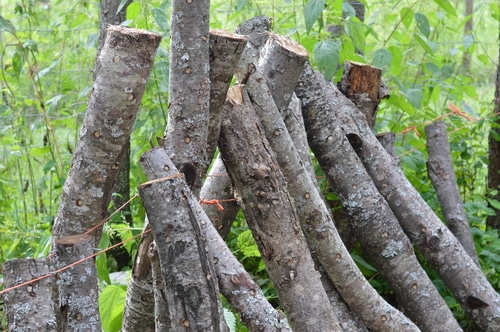
But our biggest harvest at Joybilee Farm in June is goat’s milk.
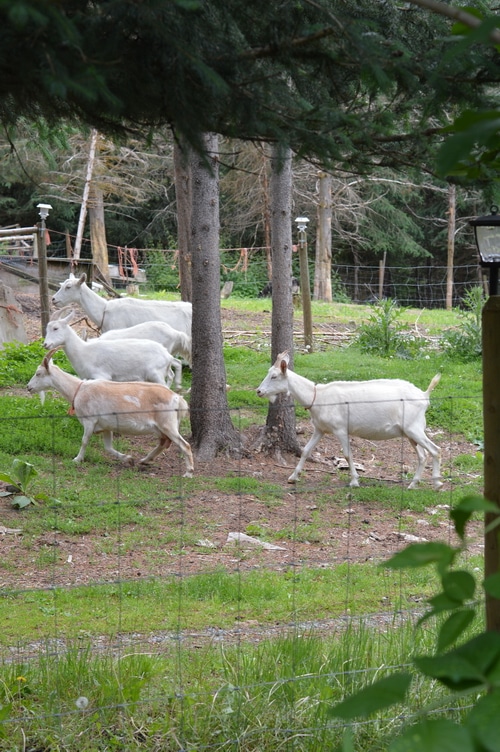
I have enough milk to make cheese almost daily. We only milk our goat’s in the evening and we leave the babies with their moms all night so that they get the best start in life. It’s also easier for us to only milk once a day.
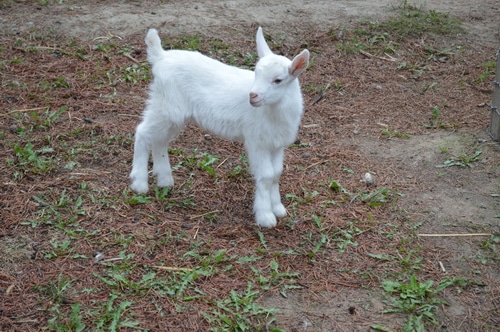
I have a very special treat for you today, a virtual garden tour of eleven other gardens! I always love seeing what other people are growing, and how they are growing food, herbs and flowers. Plus, on this tour you will visit gardens in USDA gardening zones 3 through 9a. That means that some of the gardens are just beginning their season, while others (zone 9a!) are wrapping up their harvests. Join the virtual tour by clicking through to the other sites on the list below. Have fun!
Homestead Garden Tour
Joybilee Farm (British Columbia, Zone 3)
Homespun Seasonal Living (Montana, Zone 4b)
Homestead Honey (NE Missouri, Zone 5b)
Family Food Garden (British Columbia, Zone 5b)
Learning and Yearning (Pennsylvania, Zone 5b)
Reformation Acres (Ohio, Zone 5b)
Homestead Lady (SW Missouri, Zone 6)
Timber Creek Farm (Maryland, Zone 7b)
Grow Forage Cook Ferment (Oregon, Zone 8a)
A Farm Girl in the Making (Washington, Zone 8a)
Preparedness Mama (Texas, Zone 8b)
Schneiderpeeps (Texas, Zone 9a)
Grow It! Eat It! Book Bundle just for you!
To help you make the most of your garden no matter what zone you are in or how big a space you have to garden, my friends are offering their gardening eBooks at a huge discount, just until June 30th. Check out the Grow It! Eat It! Book Bundle sale here.
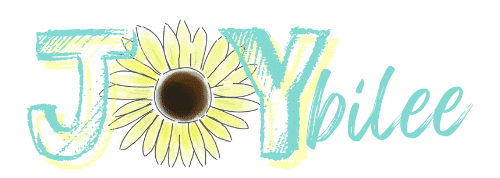
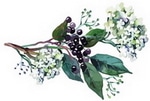
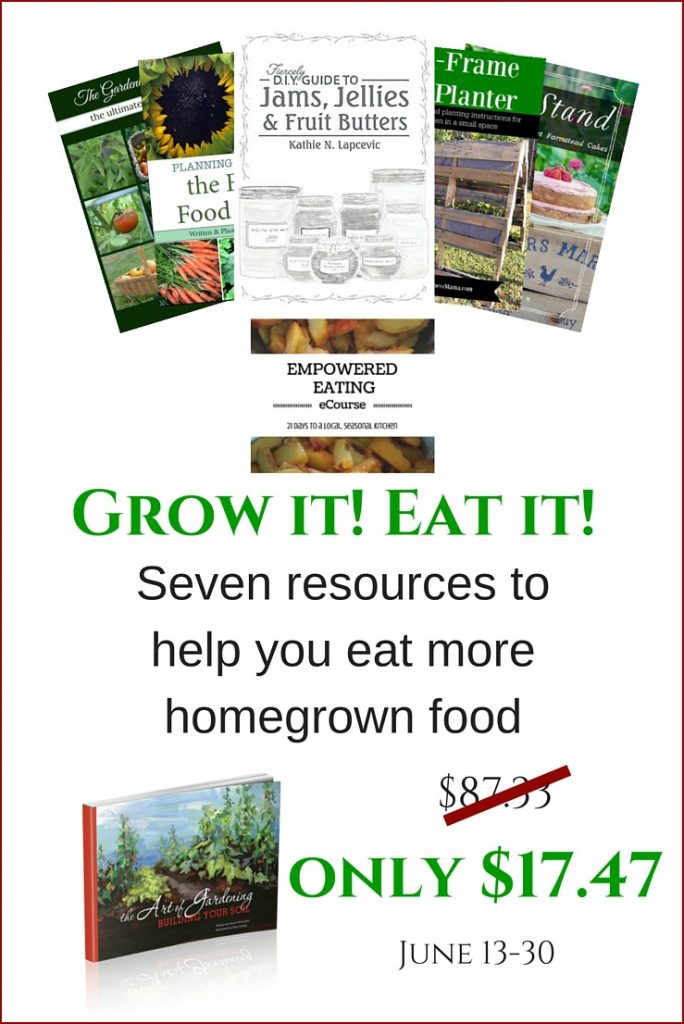

You’re welcome.